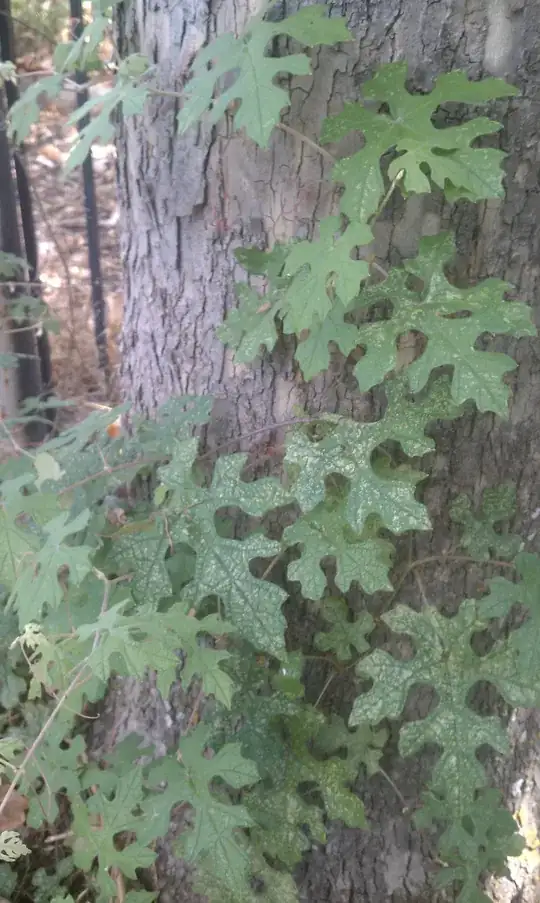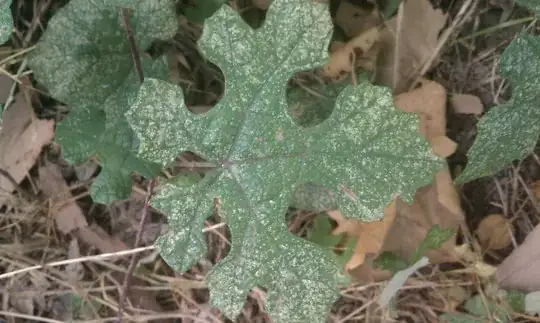This vine is growing up around a sycamore tree in my yard. Mainly I am concerned that it is something that is toxic. Just want to make sure it isn't likely something that will make me break out in a rash before pulling it. I'm a little gun shy since my recent bout of poison ivy.
Maybe it is just the fact that the leaves themselves look like they have some kind of rash on them. =)
Oh. I probably should mention that the vines are central Texas. Might help on to ID them.

